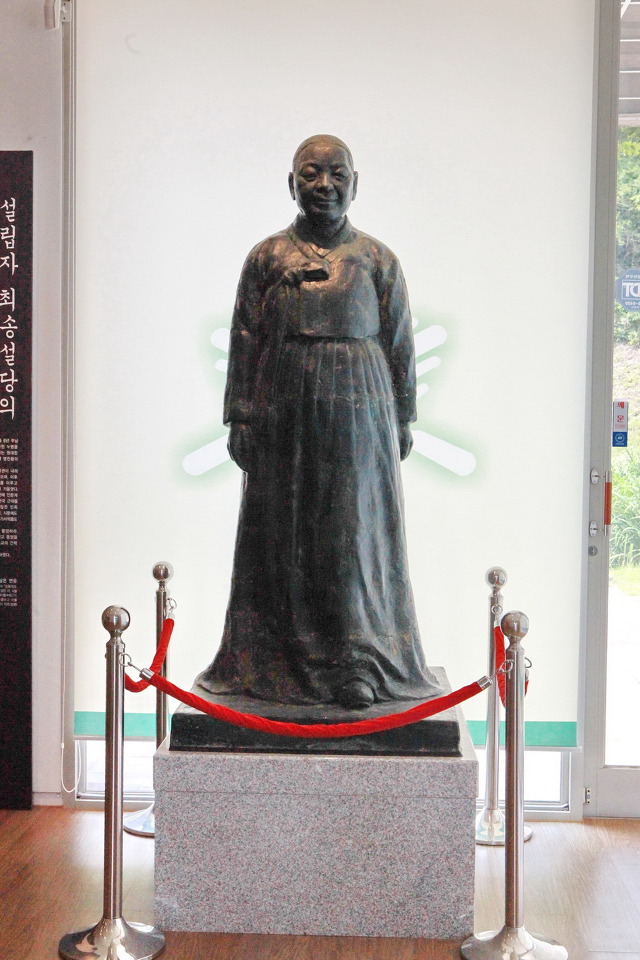
Yun Hyojoong, Statue of Choe Songseoldang, Bronze, 173x79x66㎝. Song Seol History Museum
Yun Hyojoong
* Source: Multilingual Glossary of Korean Art by Korea Arts Management Service
Related
-
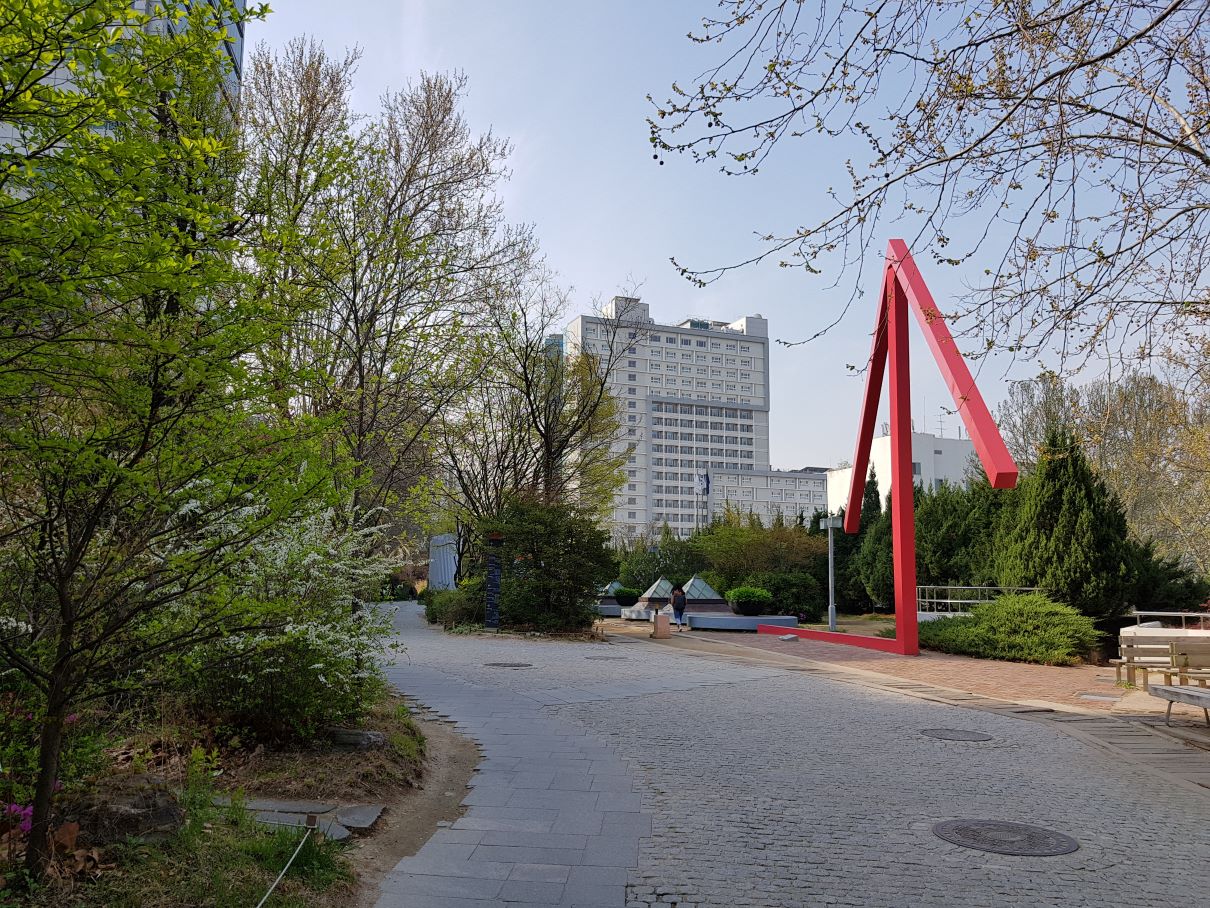
Department of Art at Hongik University
Established in 1949, the Department of Art at Hongik University consists of one art theory department and eleven practice-based departments, including painting, Oriental painting, printmaking, sculpture, woodworking and furniture design, metal art and design, ceramics and glass, textile art and fashion design, visual communication design, and industrial design. In 1955, it moved from Jongro-gu, Seoul to the current location in Sangsu-dong, Mapo-gu, Seoul. The history of the College of Fine Arts can be largely divided into the period of the Department of Fine Arts from 1949 through 1953, the period of the School of Fine Arts from 1954 through 1971, and the period of the College of Fine Arts from 1972 until now. In March 1953, the Department of Fine Arts produced the first six graduates, and in the following year the School of Fine Arts with three departments was established. In December 1971, it was upgraded to a college, which exists up to the present. Several exhibitions organized by its graduates are notable, including the Four Artists Exhibition held in 1956 as the first anti-National Art Exhibition (Daehanminguk misul jeollamhoe or Gukjeon) by the third and fourth classes of graduates and the Union Exhibition of Korean Young Artists held in 1967 by graduates from the 1960s as an effort to realize experimental art.
-
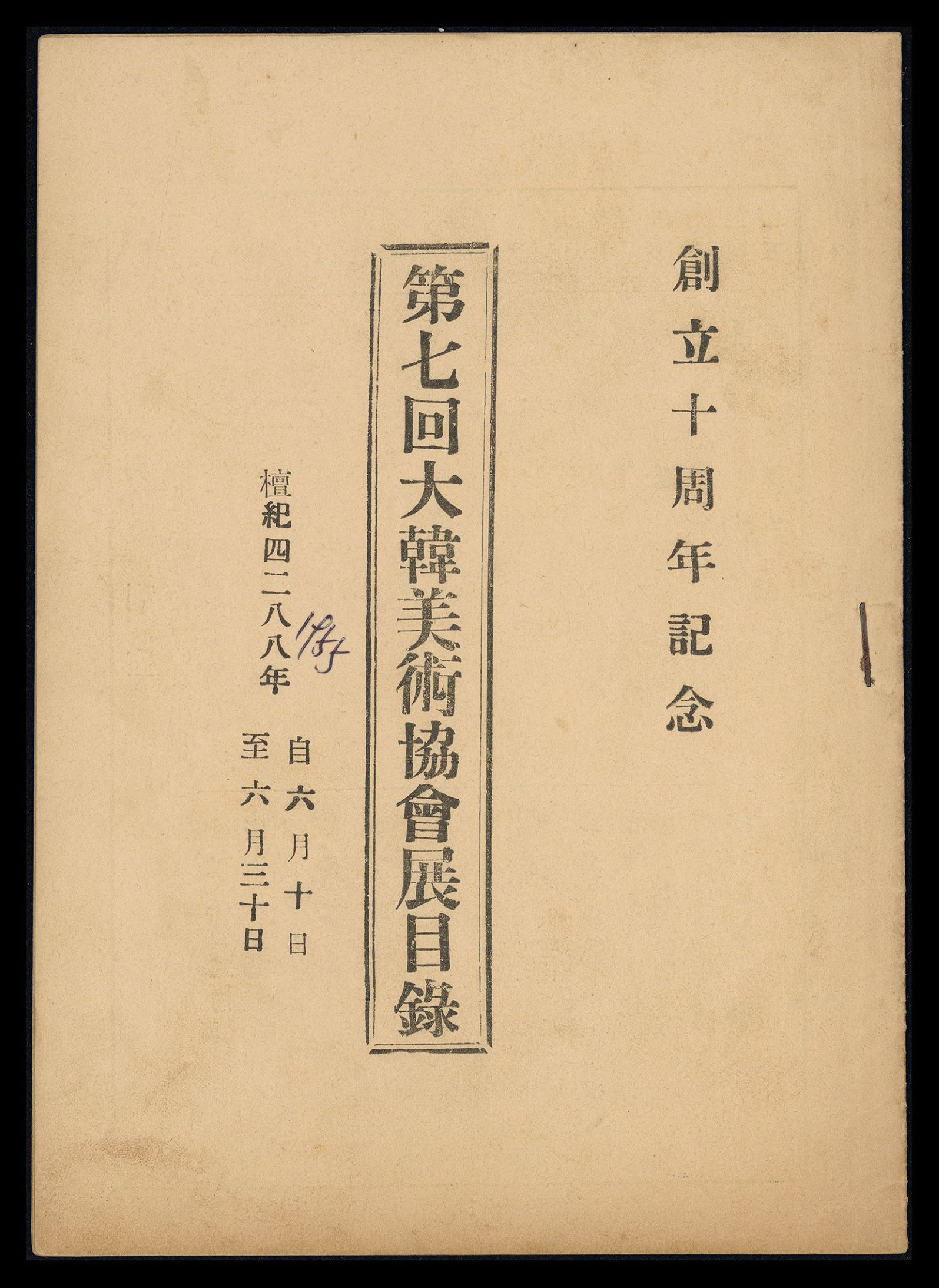
Great Korean Art Association
An art association that formed in 1948, when the Korean Art Association [Joseon misul hyeophoe], which was established in 1945, reformed in parallel with the establishment of the new Korean government. Following independence, the organization reformed and expanded primarily to foster solidarity and anti-communist sentiment in artists, and held the inaugural Great Korean Art Association Exhibition. In June 1961, the association closed officially with the government's comprehensive art institute reformation policy, and in December that year, the association merged into the Korean Fine Arts Association [Hanguk misul hyeopoe].
-
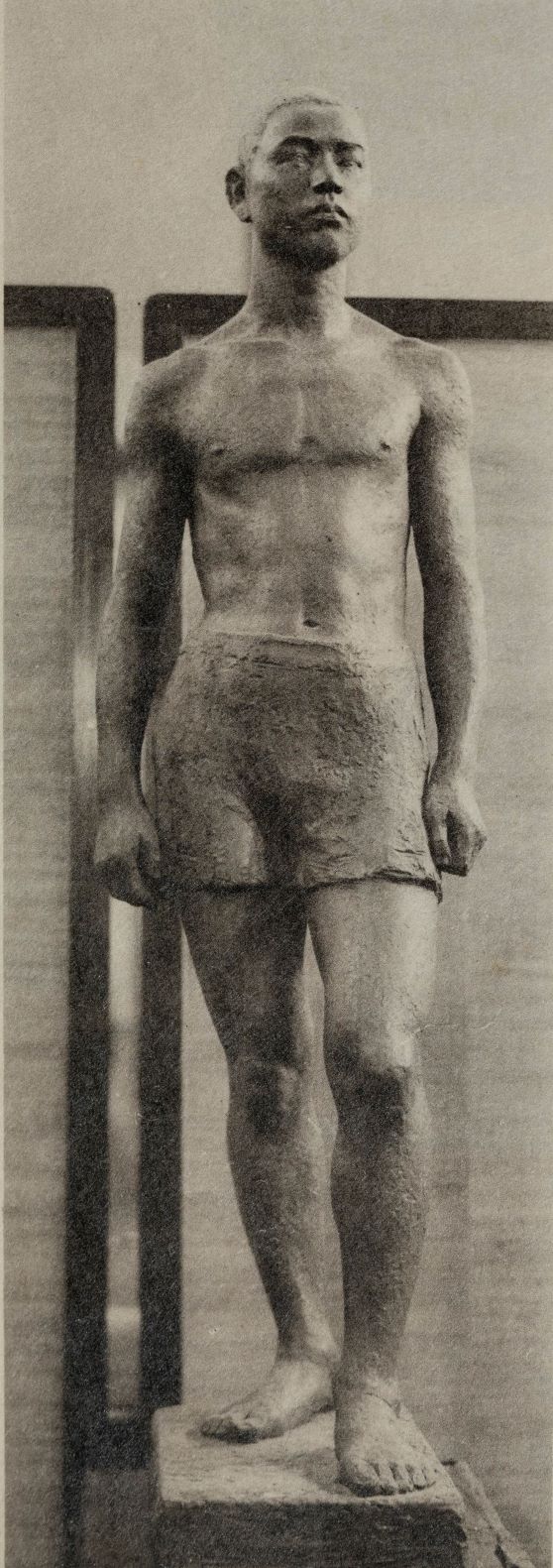
Kim Bokjin
Kim Bokjin (1901-1940, pen name Jeonggwan) was born in Chungwon-gun, Chungcheongbuk-do. He graduated from Paichai High School and then attended Tokyo School of Fine Arts in Japan in 1920. In 1922, he organized Towolhoe with other Korean students in Tokyo and later created the Towol Art Research Group with stagehands at Towolhoe plays. In 1925, he graduated from Tokyo School of Fine Arts and taught at Paichai High School and Gyeongseong Women’s Commercial School. He also practiced art criticism and produced studio art. He gained public attention when his work Nude Study was destroyed at the Joseon Art Exhibition [Joseon misul jeollamhoe]. He organized the Joseon Cartoonist Group and contributed to the foundation of the Korean Artists Proletarian Federation (KAPF). He founded the YMCA Art Research Institute to educate students about modern sculpture. He won a special award at the Joseon Art Exhibition in 1926 and was selected for the Teikoku Art Exhibition (Teikoku Bijyutsuin Tenlankai) in 1925. However, he was imprisoned by the colonial Japanese government because of his participation in the Joseon Communist Party and the Association of Goryeo Young Communists. After being released in 1934, he published the book Cheongnyun Joseon (Joseon Young Man) with his brother Kim Kijin and established a publishing factory. He was arrested again in December and released from Jeonbuk Police Station in 1935. Kim Bokjin argued that “Joseon Art should be art for the sake of ordinary Korean people, not art for art’s sake.” His view was that to successfully reflect proletarian art theory and nationalist ideology an artist should combine traditional and realistic aesthetic approaches. Even though some of his works were destroyed during the Korean War, several works, such as Geumsansa Temple Maitreya Buddha Statue, Sorim Temple Buddha Statue, and Jeonghyesa Temple Buddha Statue, survive today.
Find More
-
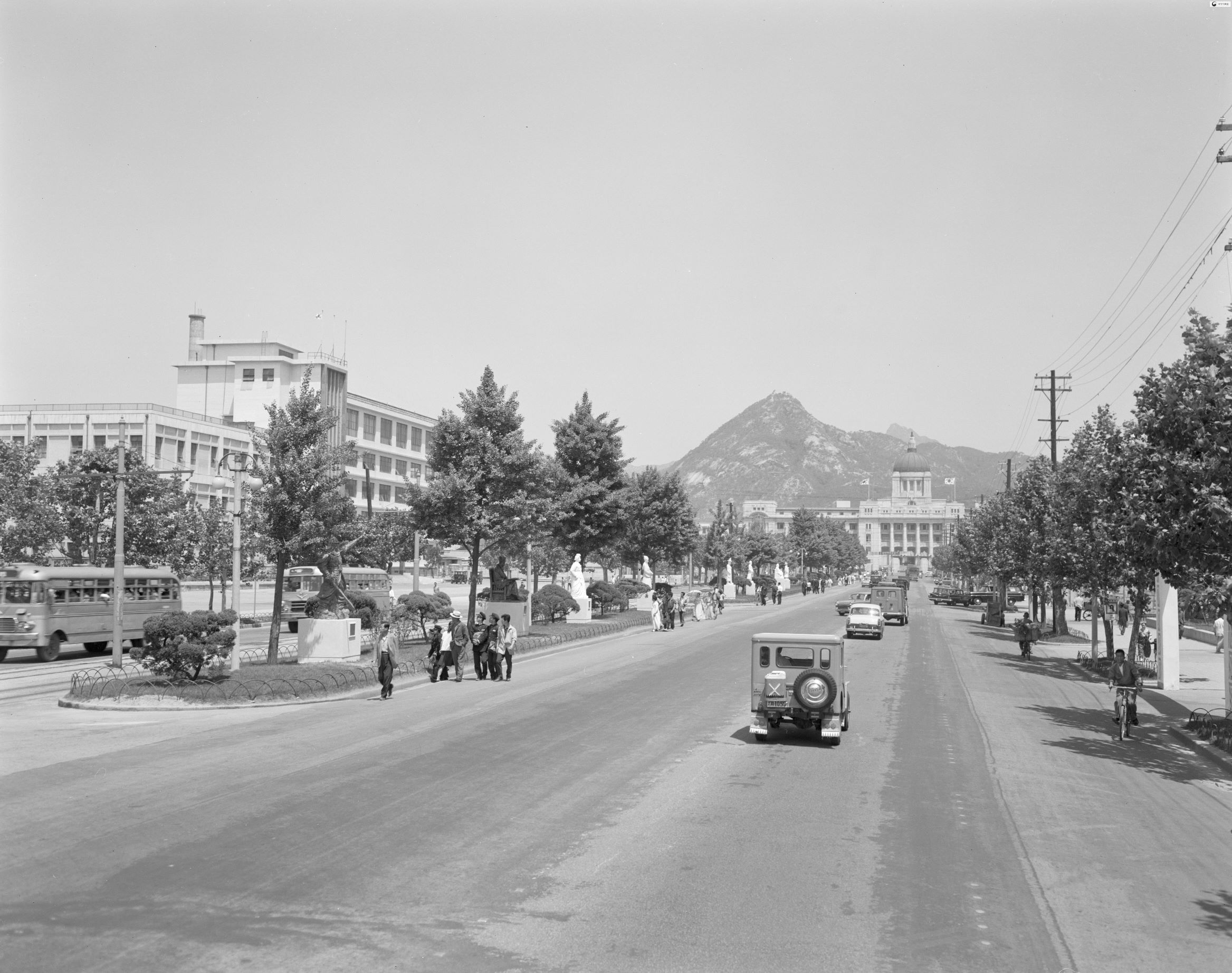
Committee for the Construction of Statues of Patriotic Ancestors
An organization that spearheaded the erection of 15 bronze statues in Seoul, Suwon, and Daejeon from 1968 to 1972. The statues of Yi Sun-sin (by Kim Se-choong), Sejong the Great (by Kim Kyongseung), and Samyeongdaesa (by Song Youngsu) created in 1968 and constitute their representative works. The organization was formed at a time when numerous memorials and statues were constructed to legitimize the May 16 Coup and inspire anti-communist sentiment. Lee Han-sang, the president of Pung Jeon Company and winner of the May 16 People’s Award in 1968, donated his prize money to the Seoul Sinmunsa Newspaper Press for the repair of 37 plaster statues that were erected between the Capitol building and Namdaemun. The demolition of the statues as result of urban renovation led to the creation of a committee to create new statues. The Committee for the Construction of Statues of Patriotic Ancestors became active on August 15, 1966 by installing an executive office at the Seoul Sinmunsa Newspaper Press. In the regulation, the goal of the project was “to celebrate exemplary and patriotic spirits by constructing statues of unforgettable national heroes and patriotic martyrs in our history.” The committee consisted of a commissioner, vice-commissioner, standing members, and assistant administrators. It consisted of five divisions with a chairperson and 25 members. The first commissioner was Kim Jong-Pil, the chair of the Republican party, followed by Jang Tae-hwa in 1969, and Shin Beom-sik in 1972.
-
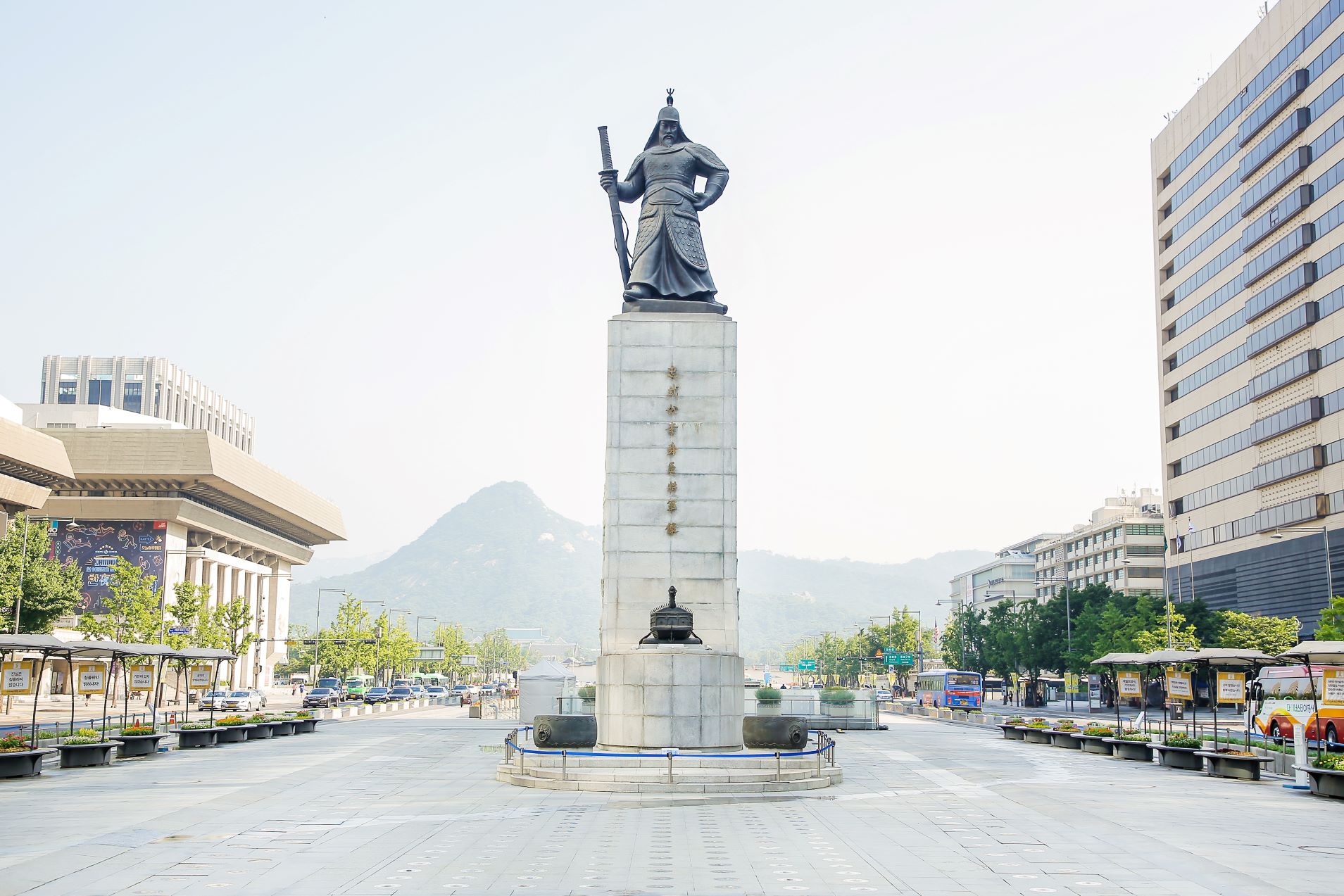
Movement of constructing statues of patriotic ancestors
The Movement of Constructing Statues of Patriotic Ancestors was a national project to raise statues of patriots that took place from August 15, 1966 when the Committee for Constructing Statues of Patriotic Ancestors was officially launched through 1972. This state-led project of erecting statues of historical heroes was intended to honor their spirit and present them as role models for the nation. The formation of the committee was initiated to erect permanent statues of thirty-seven patriotic heroes whose plaster statues on Taepyeong-ro and Sejong-ro in Seoul were corroded in May 1964. Experts like museum directors, historians, art historians, artists, and professors as well as public officials and figures from the Seoul sinmun newspaper were appointed as members of the committee. The committee consisted of five sub-committees, including a financial sub-committee to raise financial resources and encourage businesspeople’s participation. The practical tasks of erecting statues were undertaken by Kim Kyungseung, the chairman of the expert committee, and professors of sculpture at art universities, including Kim Chongyung, Kim Sechoong, SongYoungsu, and Kim Chungsook. They also participated in constructing the statues. A total of fifteen statues were erected by the Committee for Constructing Statues of Patriotic Ancestors. They include the statue of Yi Sunsin on Sejong-ro dedicated by President Park Chung-hee and statues of the Great King Sejong and the Great Master Samyeong, all of which were erected in April 1968; statues of Yi Yi, the Great Master Wonhyo, Kim Yusin, and Ulji Mundeok erected in 1969; statues of Yu Gwansun, Shin Saimdang, Jeong Mongju, Jeong Yakyong, and Yi Hwang in 1970; and statues of Kang Gangchan, Kim Daegeon, and Yun Bonggil in 1972. Except for the statues of Kang Gamchan (in Suwon) and Yun Bonggil (in Daejeon), the others were erected in Seoul. All these statues still exist, although they have been moved from their original locations. After the Movement of Constructing Statues of Patriotic Ancestors was completed in 1972, statues of patriots continued to be erected throughout the country. Until the early 1980s, statues of Yi Sunsin and the Great King Sejong, mostly made of cement, were erected within the precincts of elementary schools across the nation to promote national unity and patriotism.






